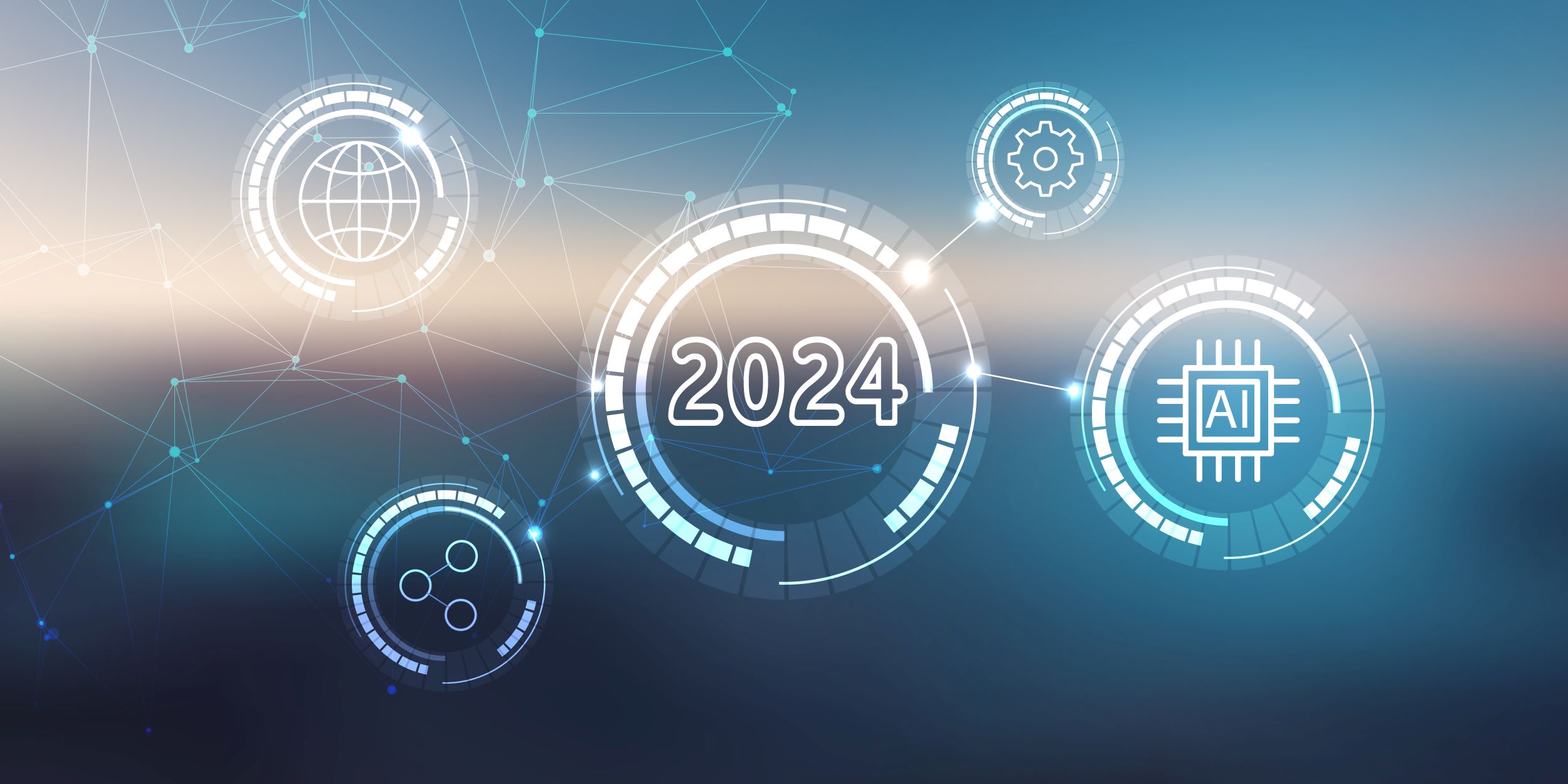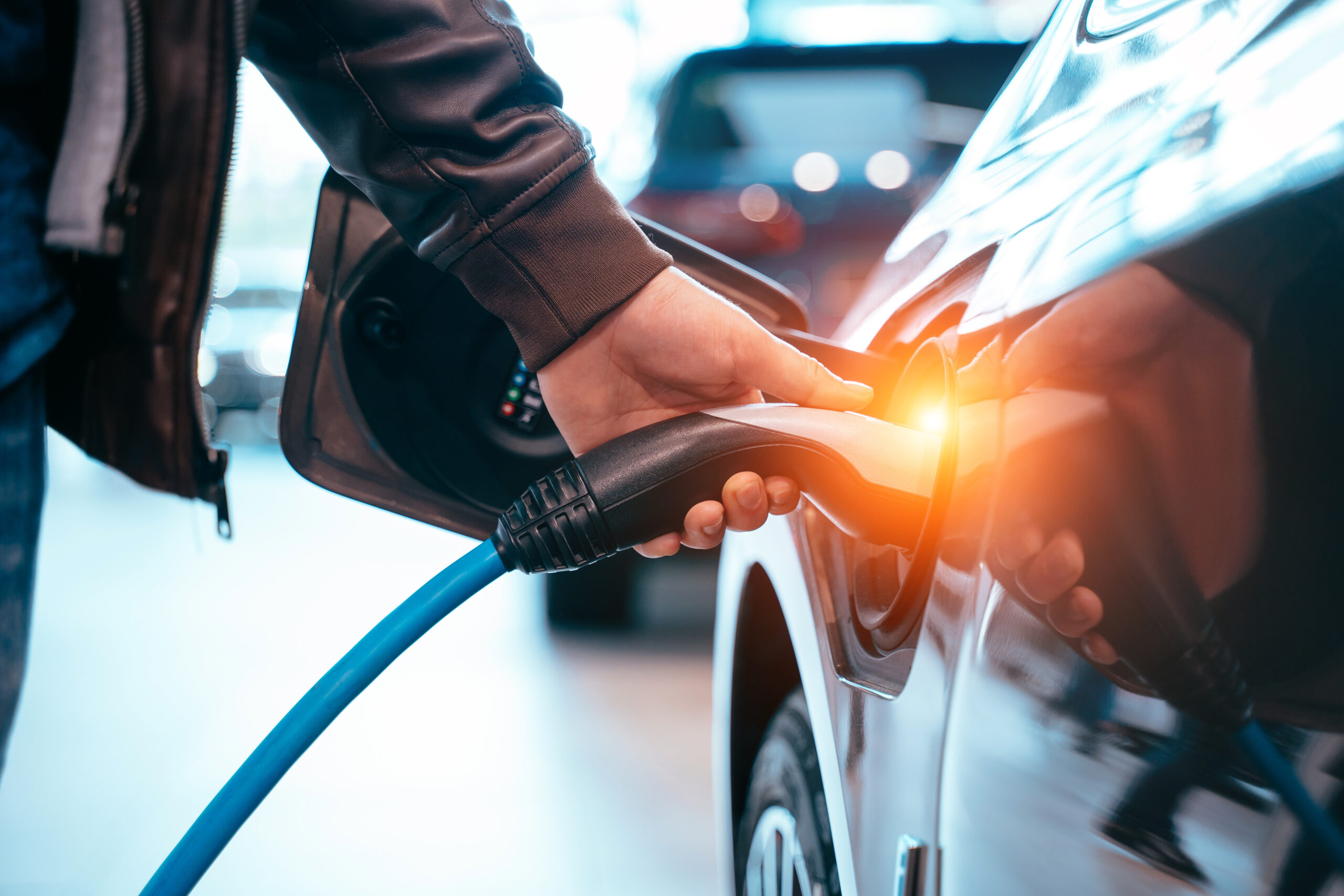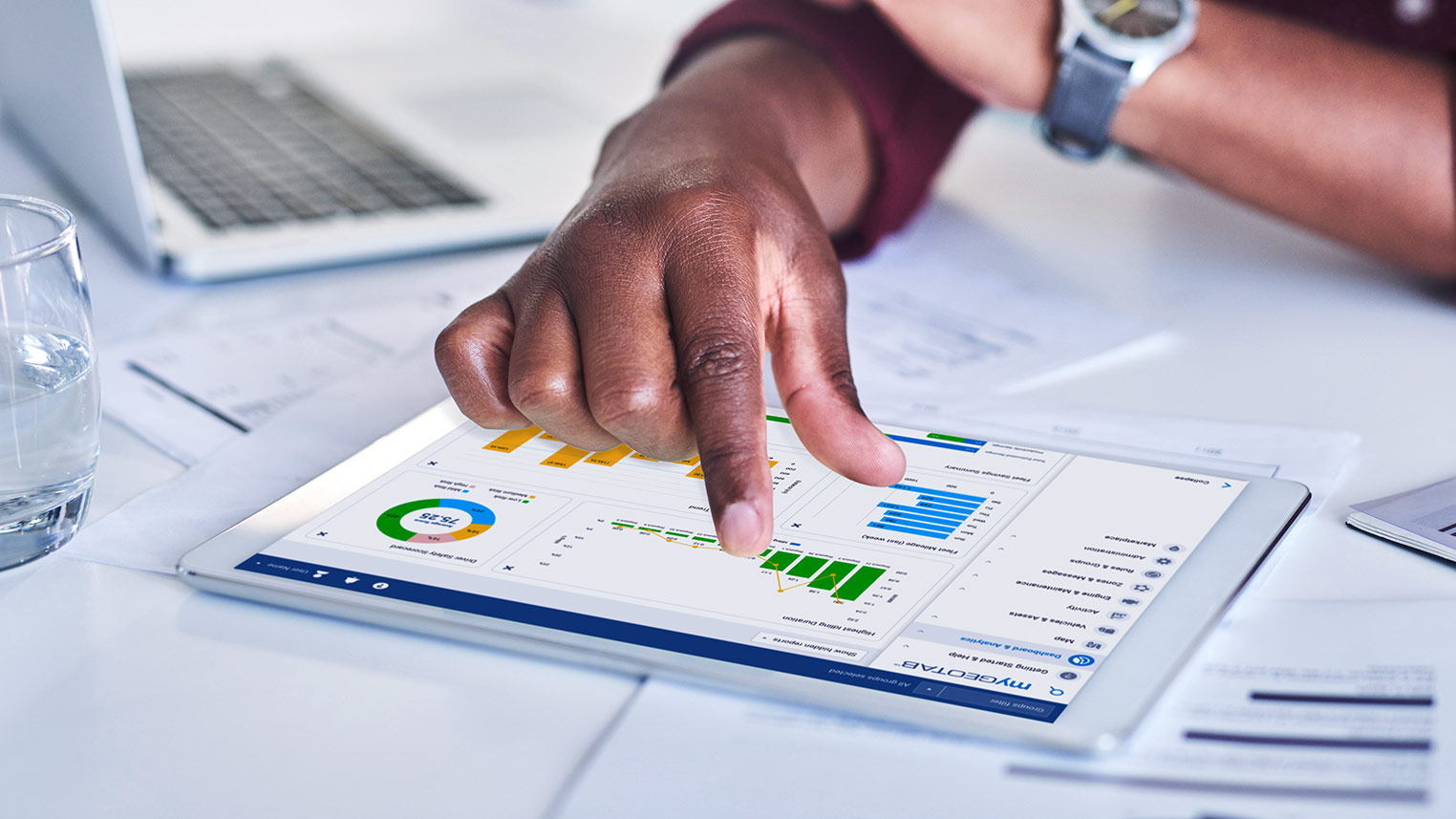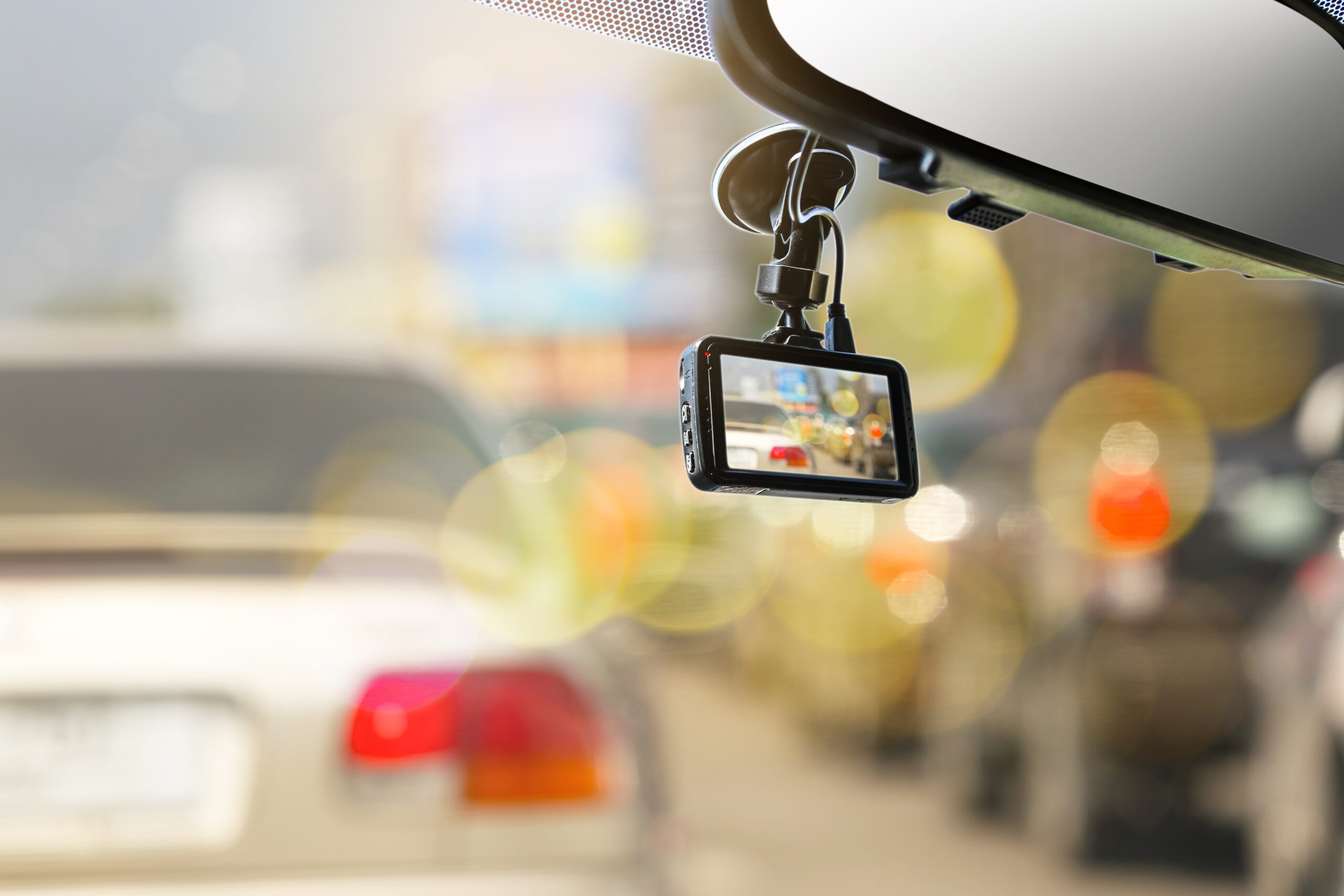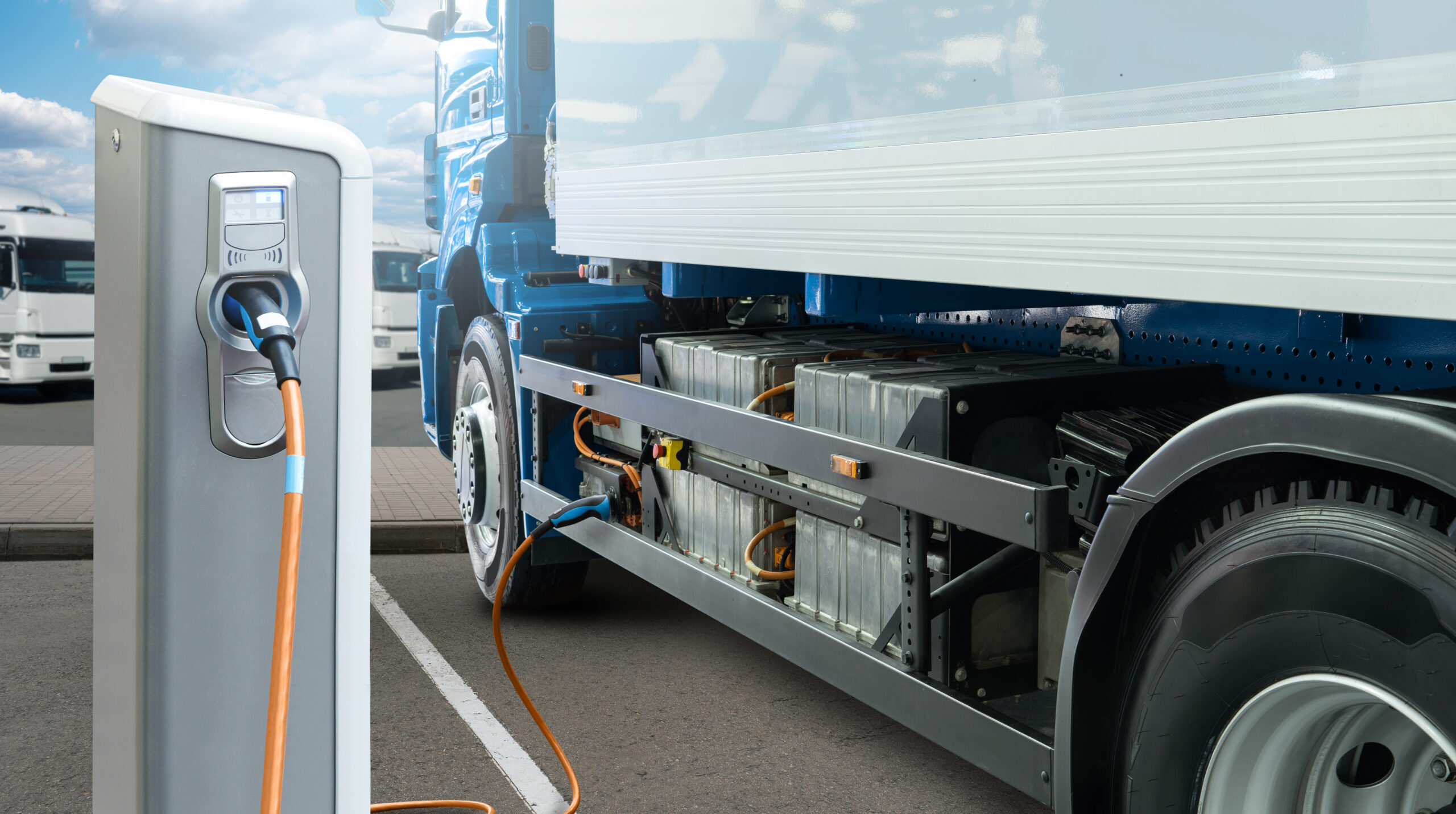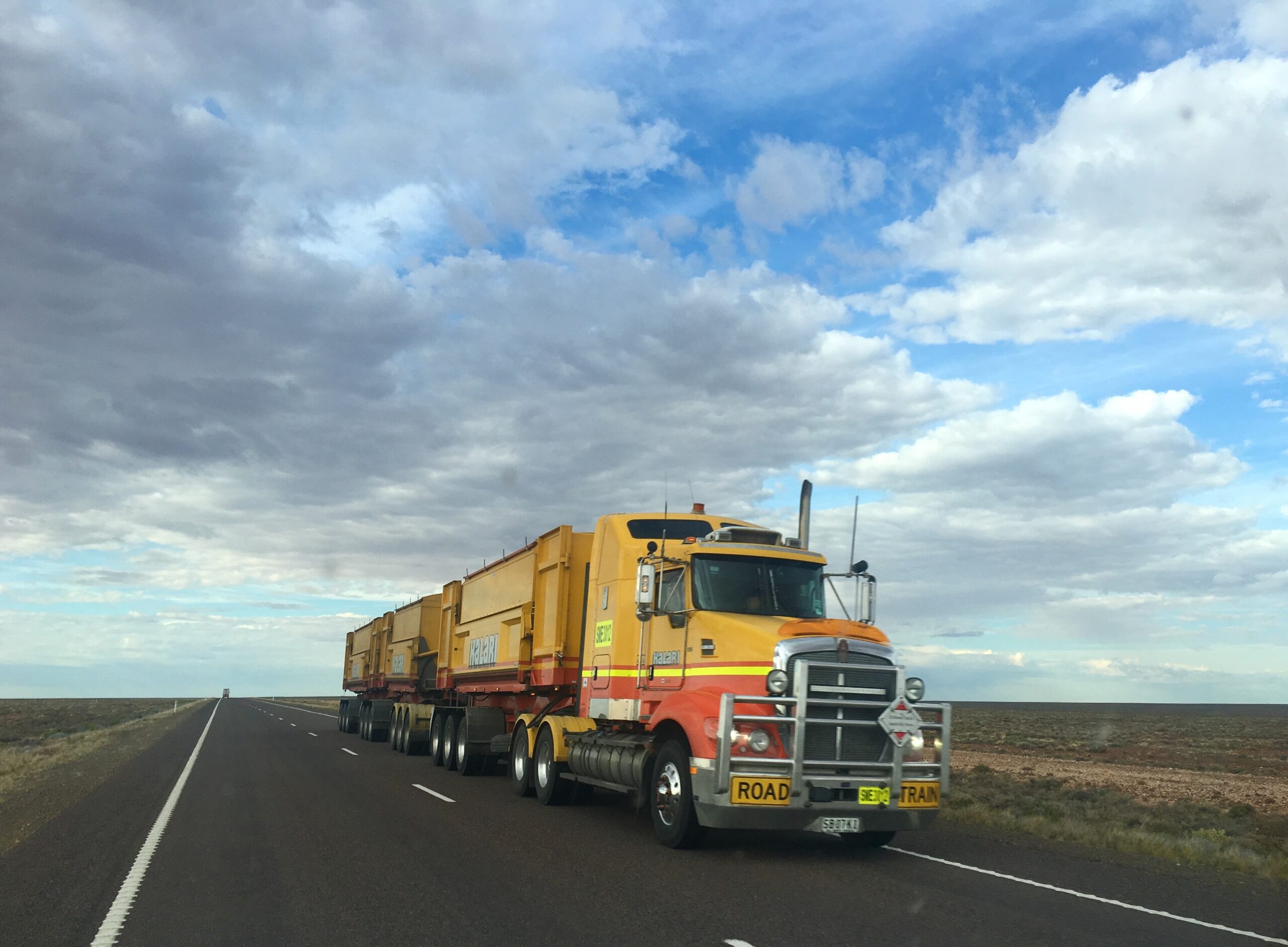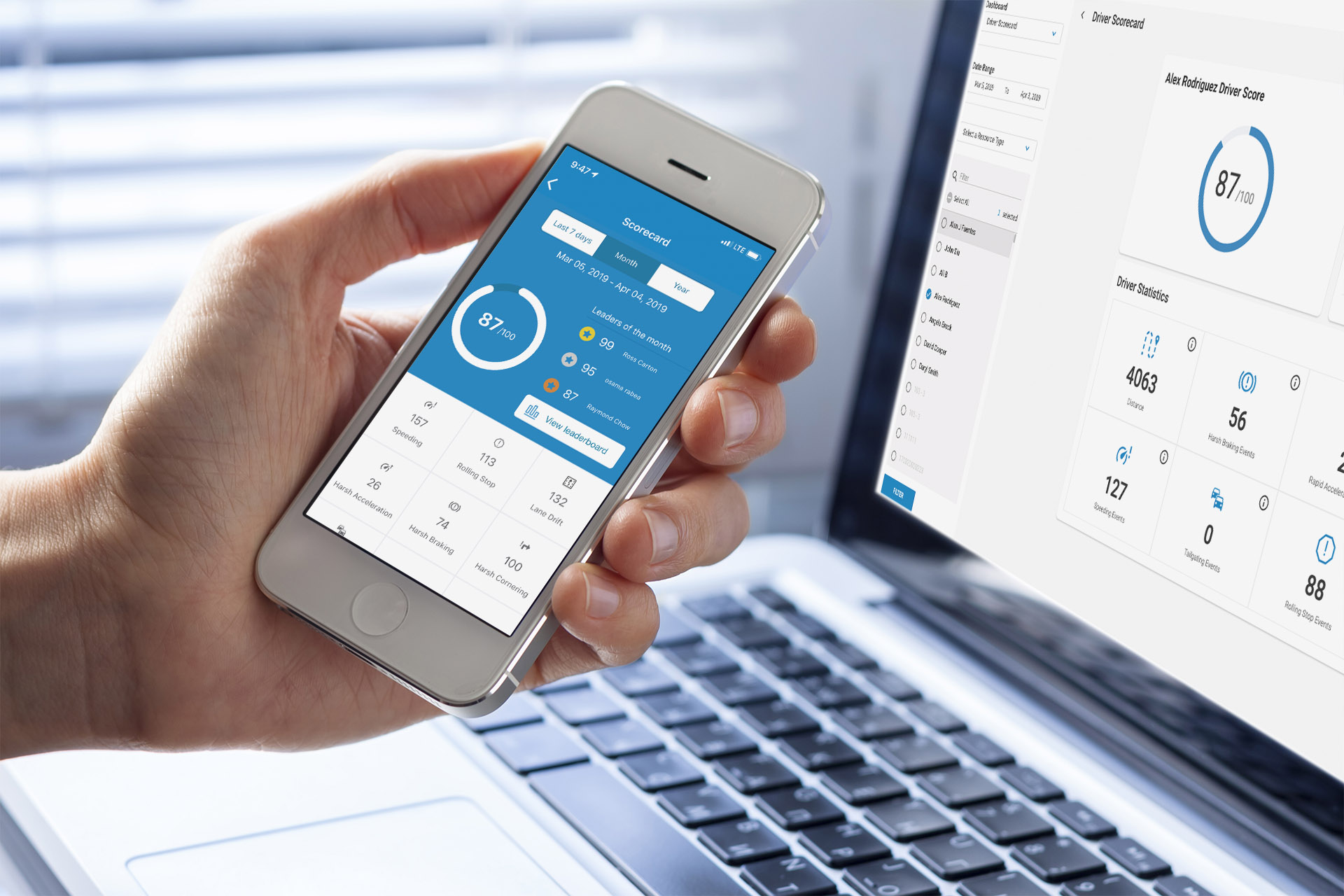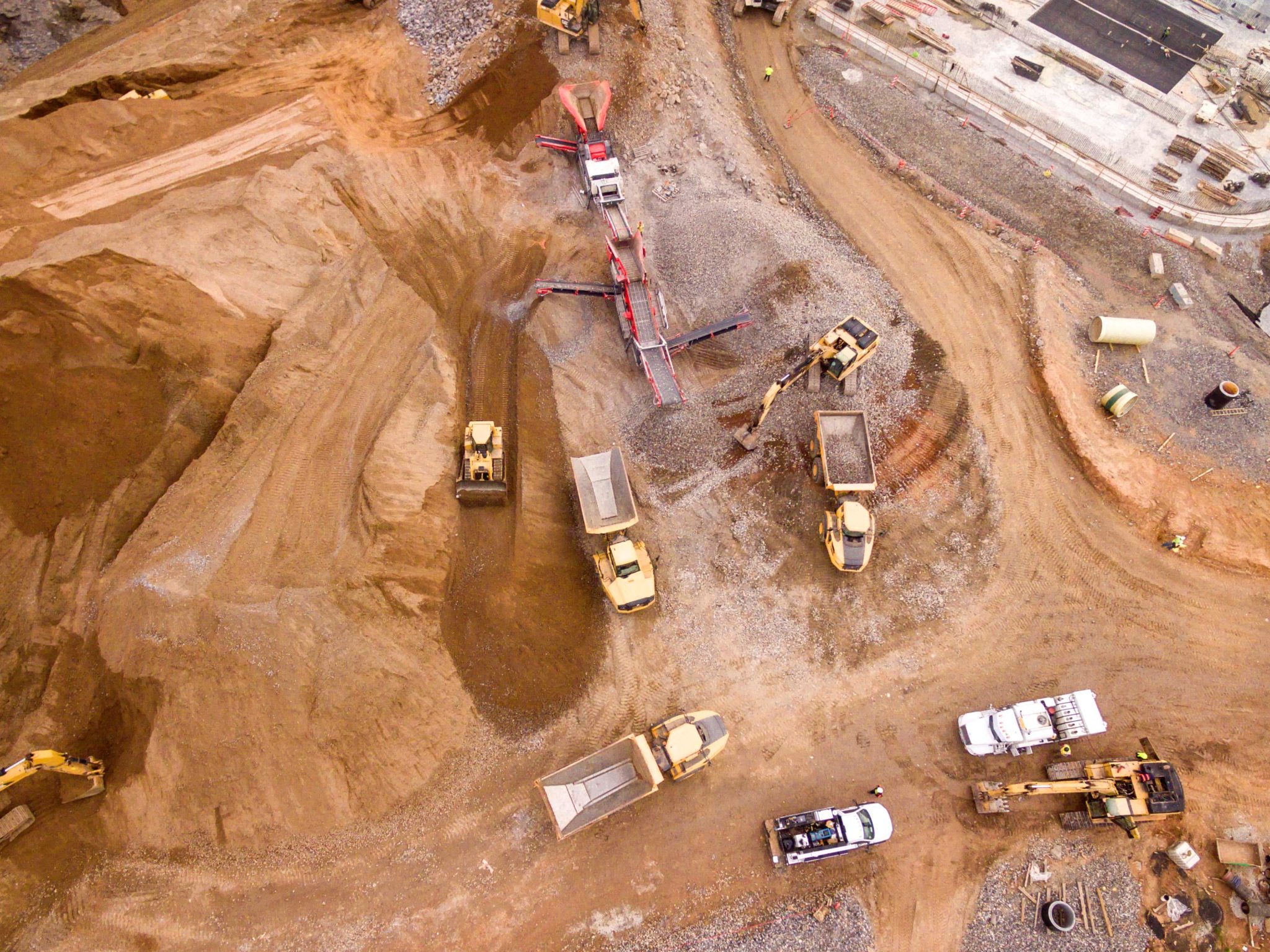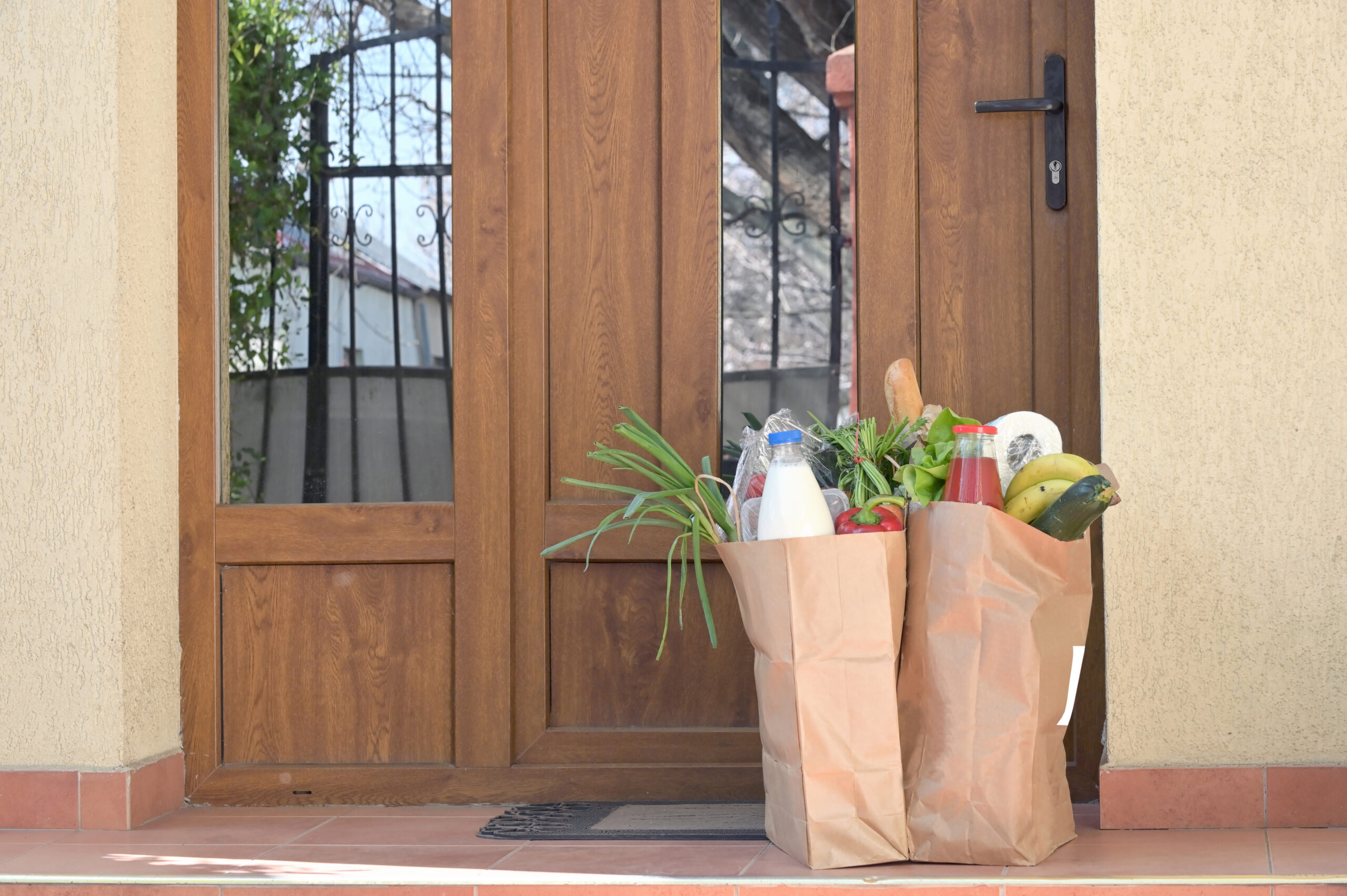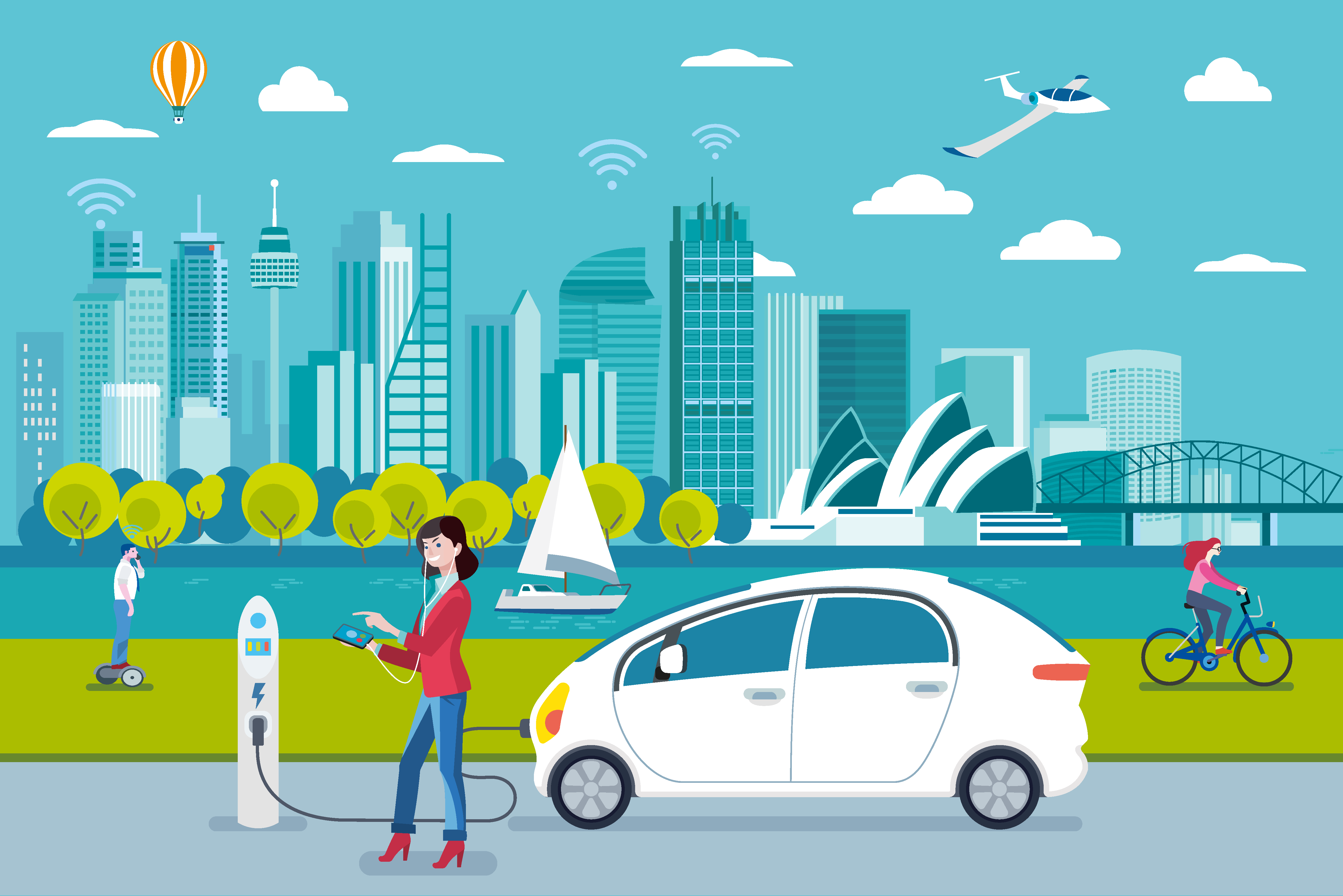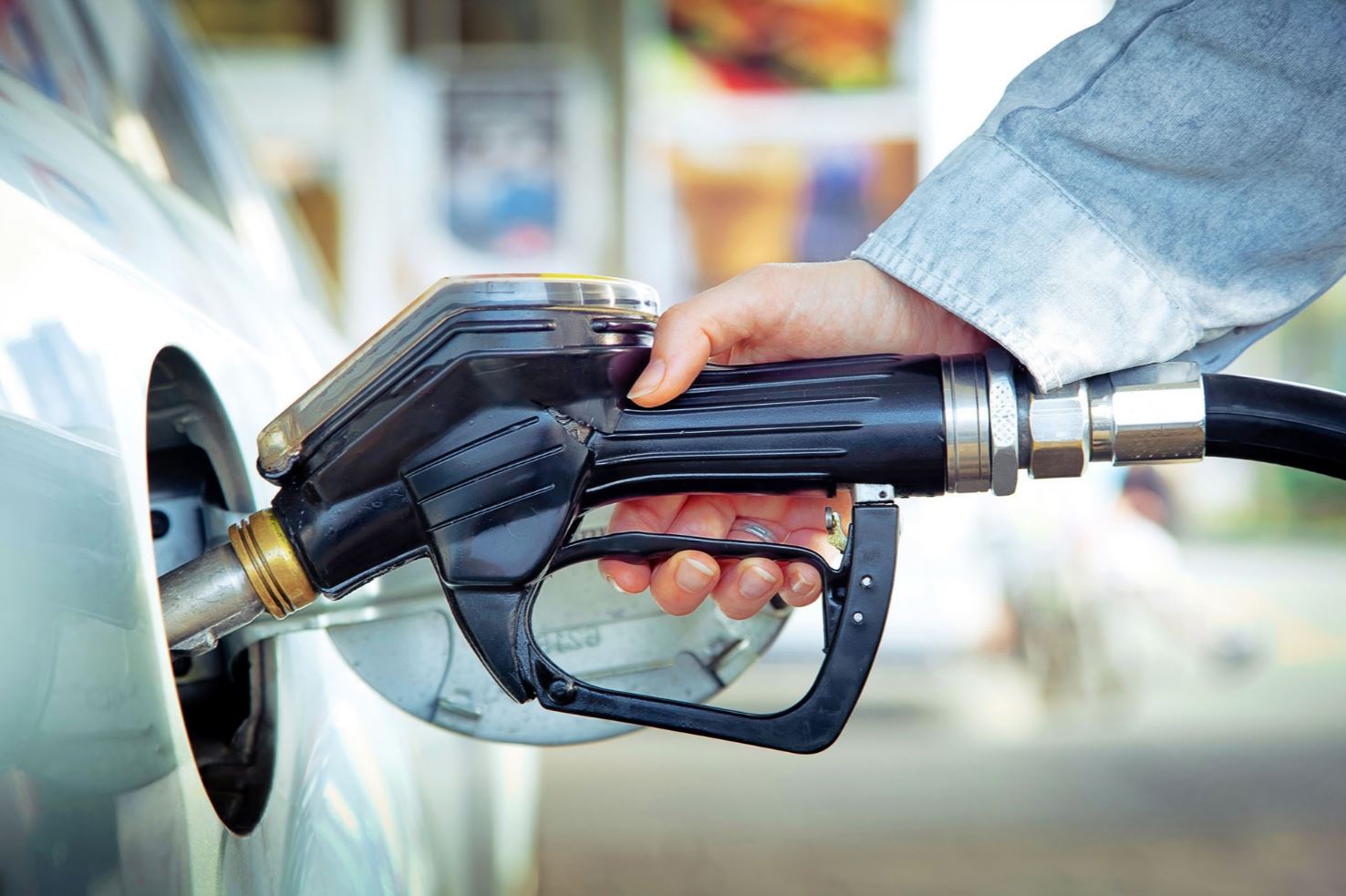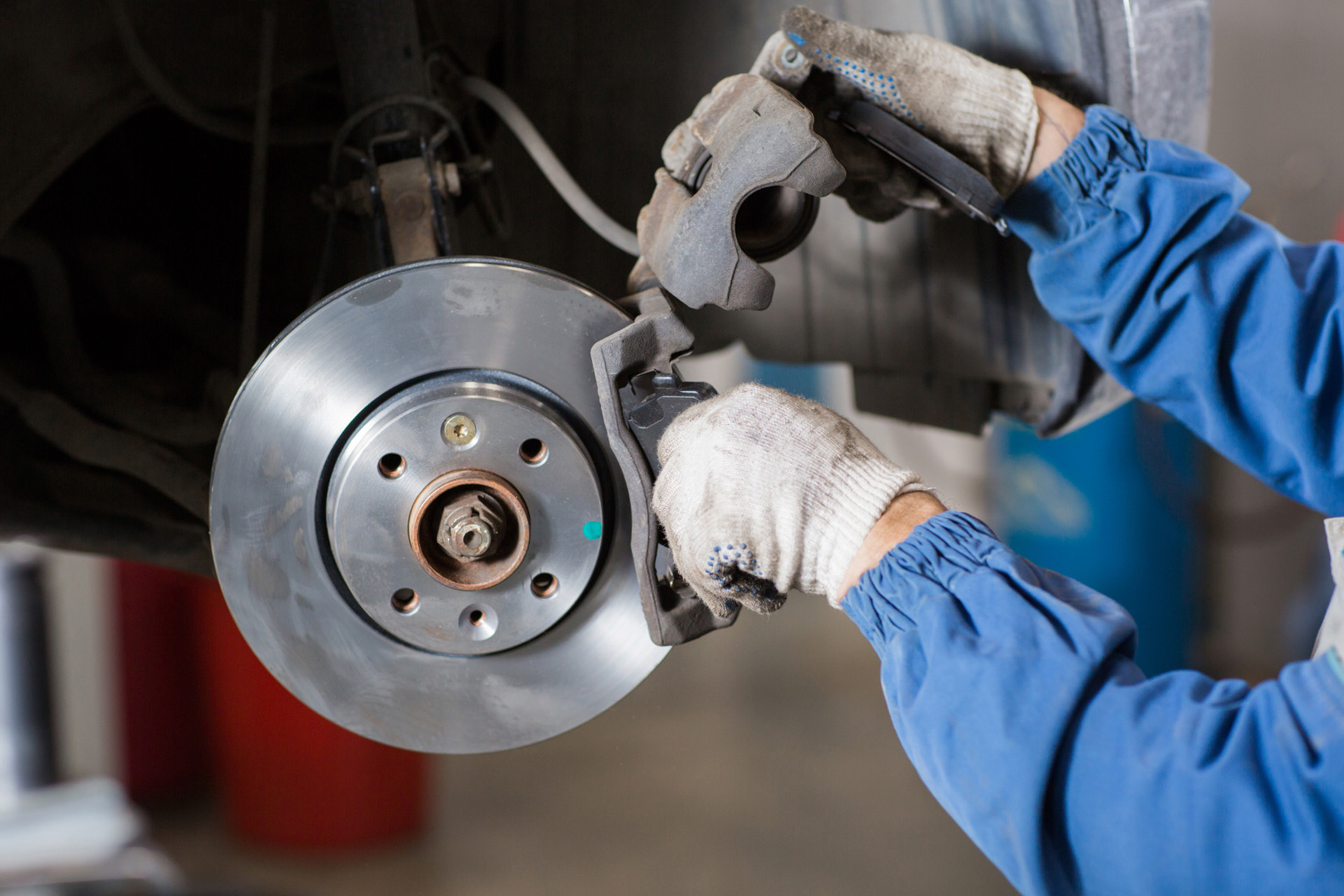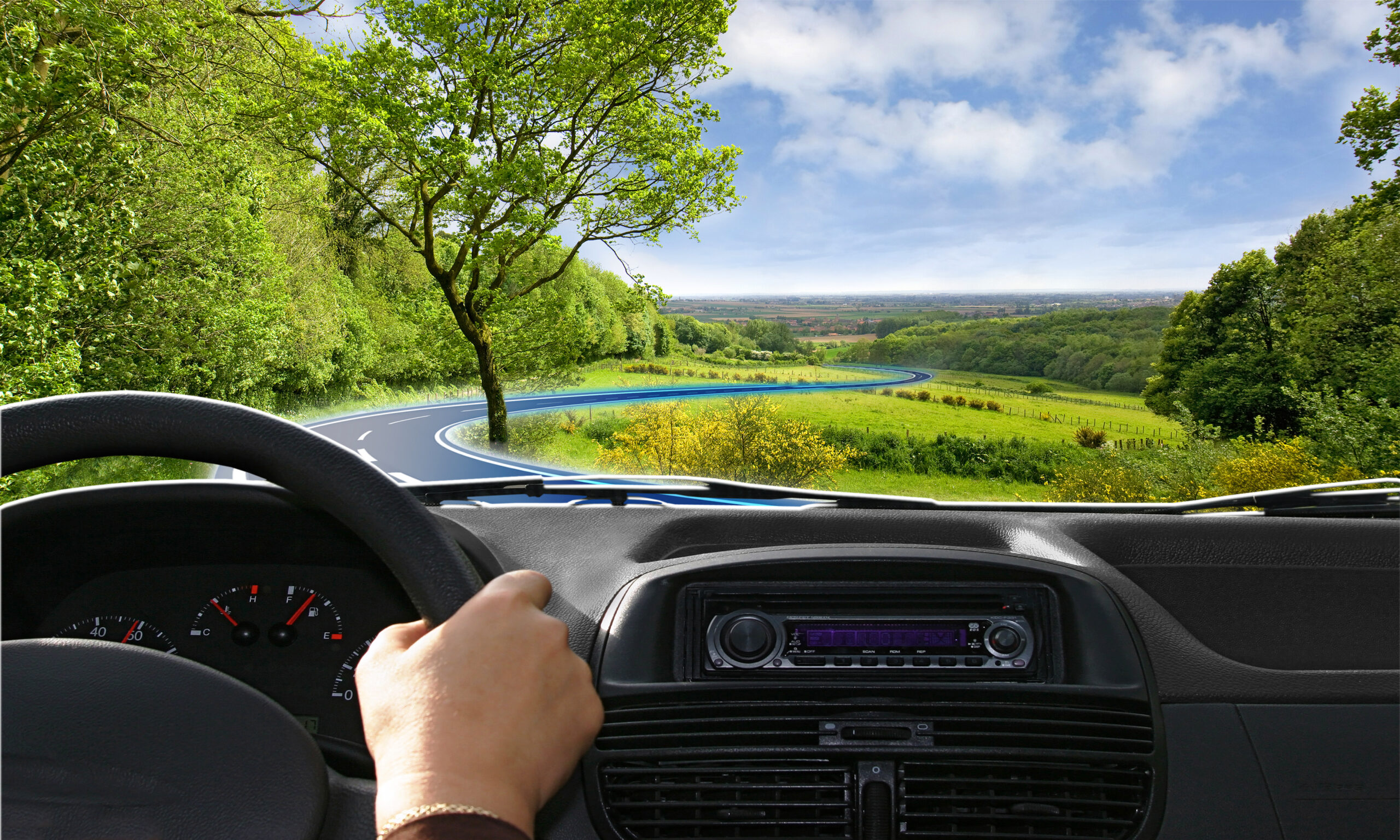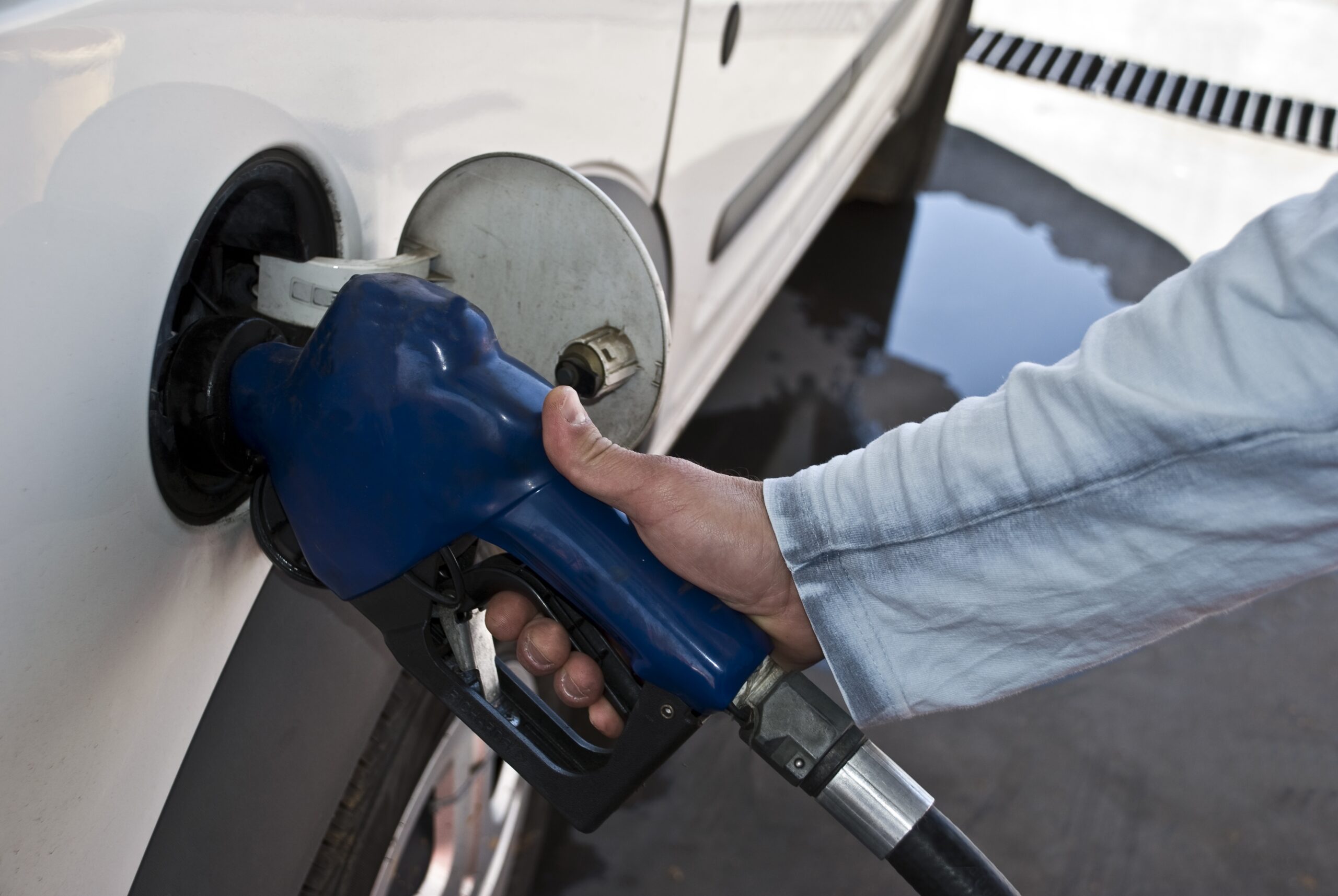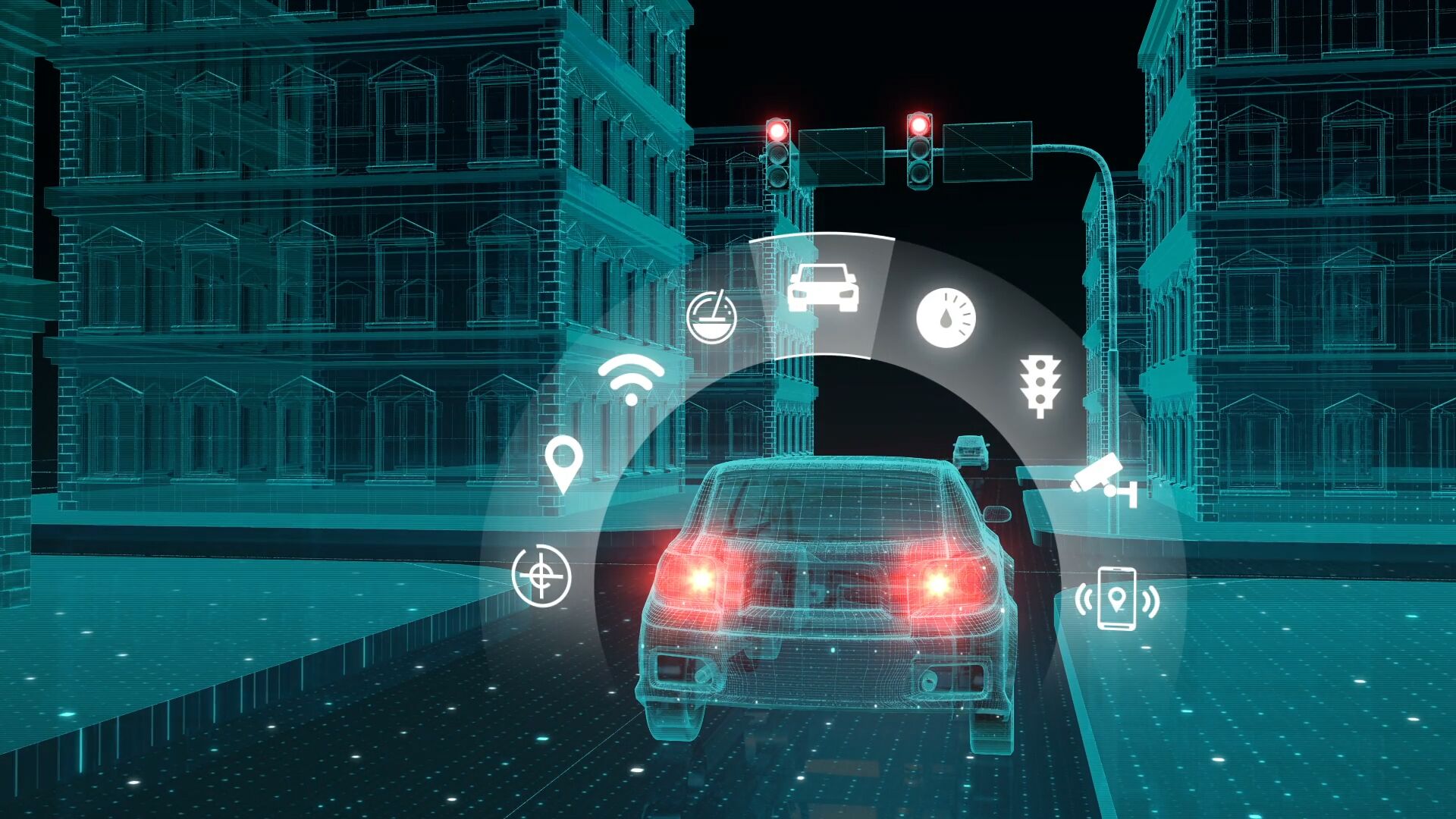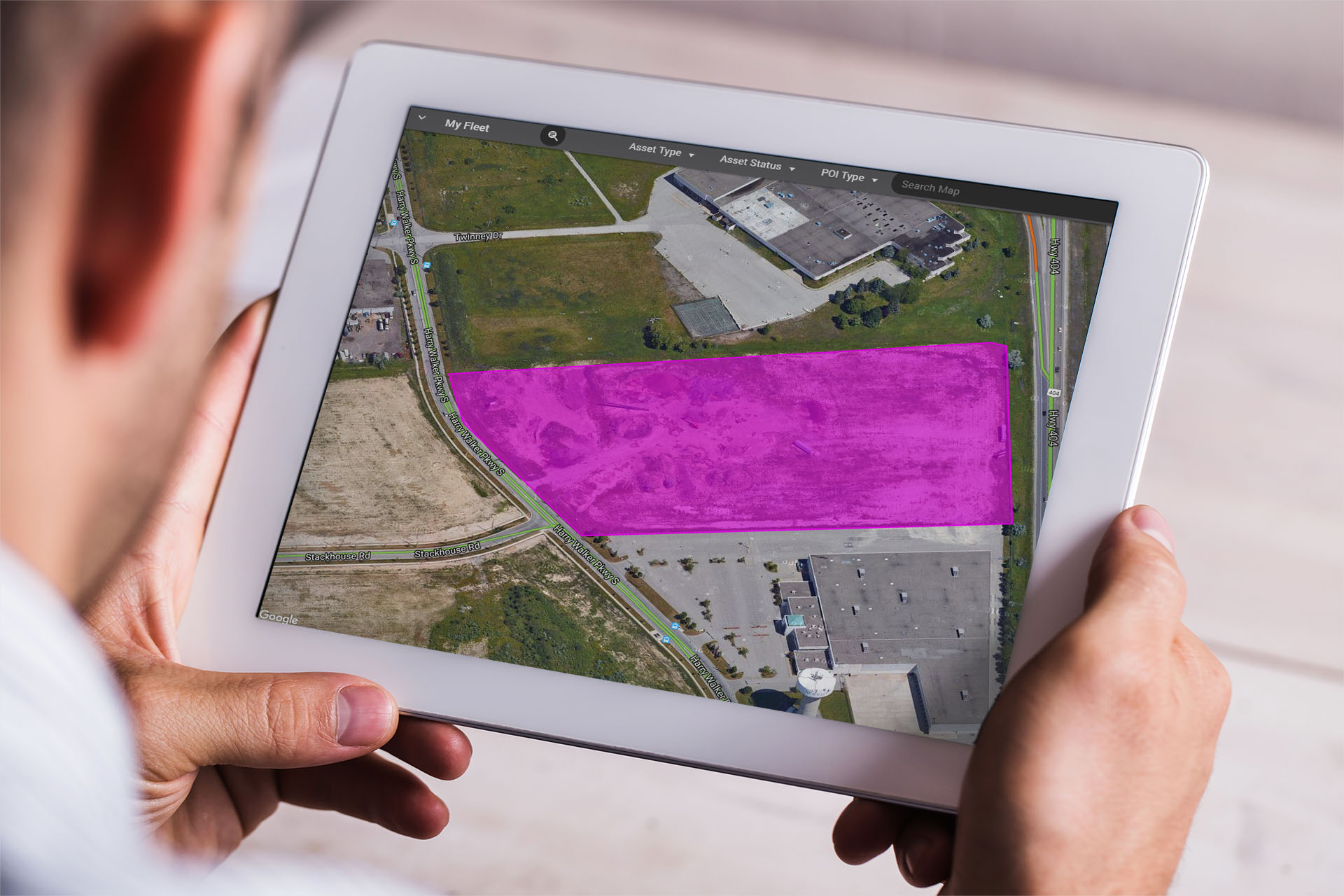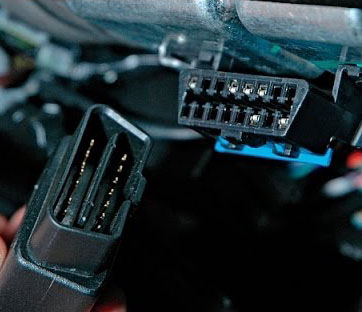Although the concept of the connected car has been under development for years, it is still relatively new to the general public. It is also in a constant, major state of change – as we continue to develop innovative technologies, new ideas, and new ways to capture and use data.
So, what does the future look like? The current perceptions of Vehicle Tracking in Australia probably sit within the google maps app on our phones.
While this is far from the truth – it is true that anyone who owns a smartphone now carries a lot more power in their pocket that they are probably aware!
According to an article in the Financial Times, in five to seven years, industry executives estimate that telematics will be an integral part of all vehicle fleets. Once the huge amounts of data accessible through Fleet Tracking software is more used and understood, more fleet businesses will realise the benefits of using telematics and be able to improve upon their operations.
This is all part of a larger trend – “The Connected Car.”

As has been widely talked about both in Australia and across the globe, we ARE getting close to seeing autonomous cars. What people may understand less about this, is that they will also have the ability to talk to each other through telematics. This will allow a whole new level of on demand accuracy for route changes and updates on traffic hazards.
This will also eventually allow the vehicles to, for example, contact a repair shop when a maintenance alert is triggered, or automatically drive to the nearest fuel station that has the lowest fuel cost when the fuel light comes on. The future is exciting!
In a business sense, autonomous, connected cars will also enable businesses to reduce driver involvement which will increase safety in vehicle operations by removing the human error factor.
Currently, there are driver shortages all over the world, and with autonomous mobility and telematics, we will be able to address this by remotely operating and geolocating vehicles, anytime and anywhere.
With the need of owning “things” becoming less and less important, ride sharing will become far more prominent, and even shape the future of vehicle ownership for people, businesses and communities. Through connected cars and mobile apps, we will have an on-demand access to a range of vehicles for personal and business use that will help reduce urban pollution and congestion whilst, at an individual level, gaining savings in fuel and maintenance costs.
Today, customers are demanding faster delivery of goods and services that they purchase through online shopping and e-tailing channels. Whether that be ‘same day’ or ‘next day’ delivery, this demand is going to grow stronger with the onset of ‘within-an-hour’ delivery.
This is creating a market for connected vehicles and associated technologies that enable faster turnaround. The future will see the foresight of available parking, traffic and congestion avoidance – and ultimately; the future holds faster delivery.








